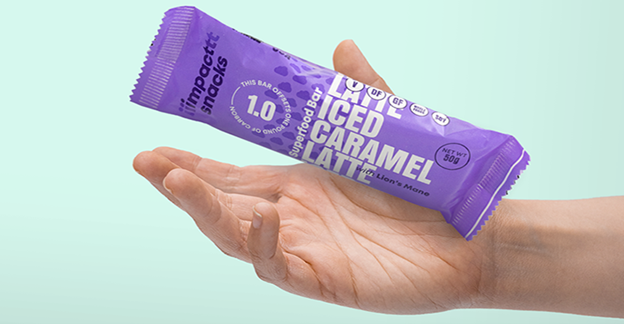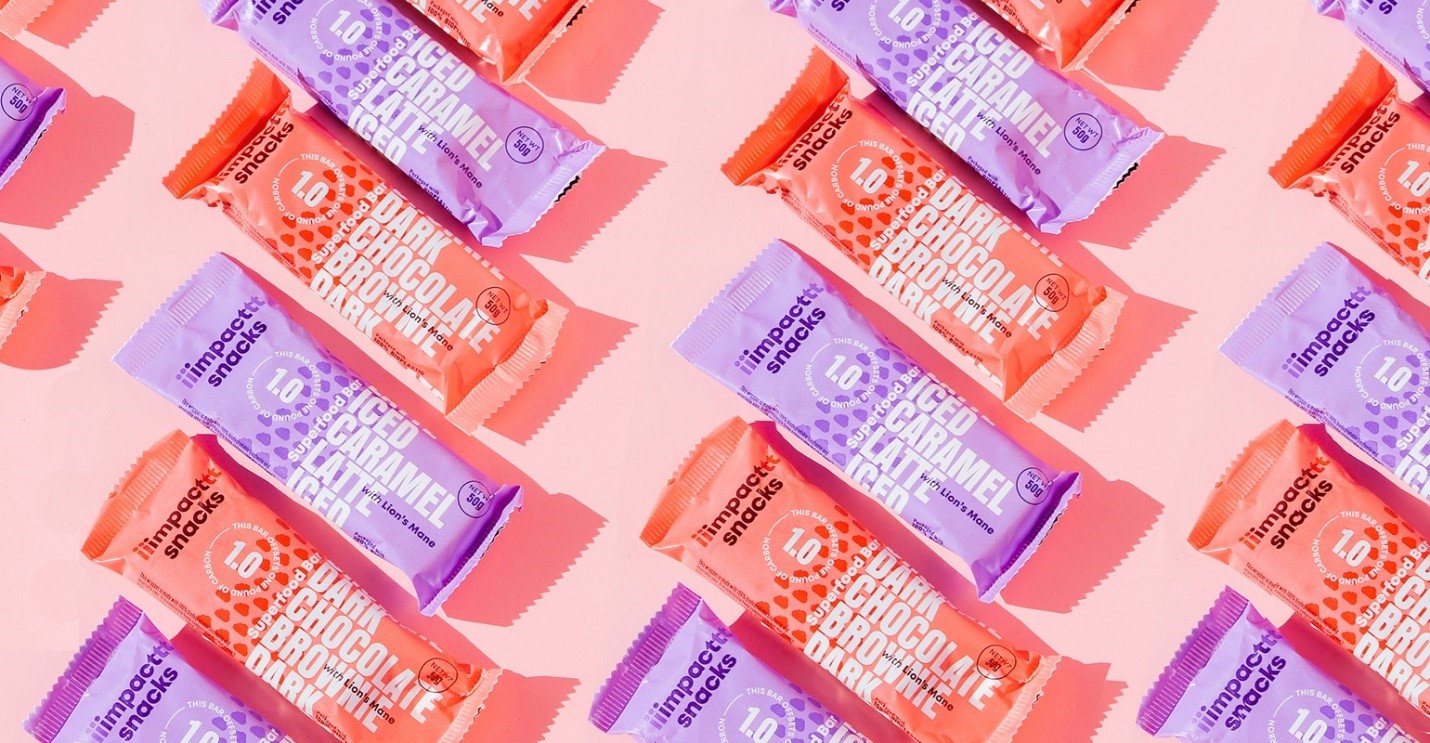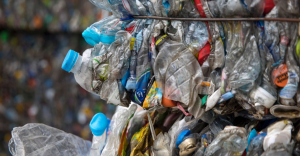Carbon footprint was crucial to the co-founders of Impact Snacks, who set out to make a positive impact on consumers and on the environment in merging no less than three trends: good-for-you superfood snack bars, sustainably optimized product packaging, and direct-to-consumer delivery.

The 100% plant-based products launched last September after a year-long research-and-development project that carefully coordinated product and packaging requirements.
From seed to harvest, production to shipment, and all the way to consumers, the company reclaims more carbon emissions than it creates, as reported by certified carbon accountants from Clearloop. Each bar creates 0.37 pounds of carbon to produce and ship. However, Impact Snacks offsets one pound of the carbon emitted by each bar — or more than 250% — by supporting green energy infrastructure that include solar farms and planting trees in communities around the world.
“For the sake of convenience, consumer packaged goods are typically wasteful,” opines Steven MacMaster, sustainability controller at Impact Snacks, who manages the consumer snack division and the sustainability B2B aspects. “As well, people can be tricked by greenwashing.”
Naturally, with an eco-centered focus, the company made a discerning choice for the bars’ packaging, looking to deliver convenience without waste.
All about accountability.
MacMaster believes that today’s reality is that brands are held responsible for the footprint of the entire supply chain reflected in initiatives and discussions in activity in Extended Producer Responsibility.
“That burden on us as a small company is not sustainable,” MacMaster says. “Every member of the supply chain needs to be accountable, and that is happening now.”

“Only about 9% of packaging is currently recycled, it cannot be recycled indefinitely, and eventually at end-of-life will be landfilled,” he explains. “Compostable is a good alternative to the problem.”
The next decision: where would it be composted, at a commercial industrial site or at home? He felt that were just too few facilities to make the former feasible, so they decided on the latter that sidesteps any local or regional infrastructure problem.
Edible, compostable bioplastic solution.
The brand chose a nanofibrillated cellulose (NFC) film supplied through Weston Graphics that’s certified anaerobically digestible. Like the product, the packaging is made from plants.
“The wrapper looks and feels like standard plastic films, yet it decomposes through warmth and moisture at home and in any environment in a reasonable time, which is 30 days, including a marine environment,” says MacMaster. “The packaging is even safe to eat — I’ve eaten a wrapper many times myself.”

The packaging provides the least barrier for the best compostability, aided by the fact that the brand adjusted the bar’s ingredient formulation to provide additional barrier lacking in the film. That involved the complex task of balancing the necessary oil and moisture barriers, according to MacMaster.
The brand also selected high-quality soy inks that fit the composting scheme.
Impact Snacks also purchases enough carbon credits to offset its own footprint and to account for any errors in the various nodes throughout the supply chain.
Source: Plasticstoday.com








